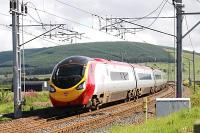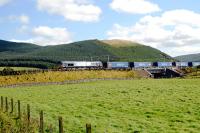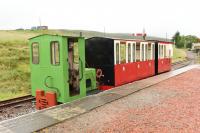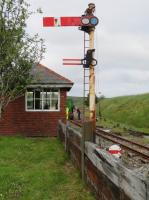Leadhills and Wanlockhead Light Railway
Introduction
This was a branch from the Caledonian Railway, a light railway from its main line station at Elvanfoot which ran south west to Leadhills, where lead mining was a long established industry, and Wanlockhead, the highest point on any standard gauge railway in Britain. A portion of this closed standard gauge railway has been reopened as a narrow gauge tourist line. The line reached the highest point of any standard gauge railway in Britain and was built as a light railway. Construction involved use of mass concrete in viaducts.
Dates
Locations along the line
These locations are along the line.
This was a two platform station on the Caledonian Railway main line with interchange for the Leadhills and Wanlockhead Light Railway.
...
See also
Caledonian Railway
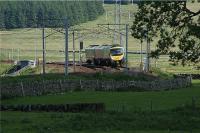
John McIntyre 01/06/2009
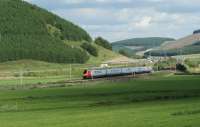
John McIntyre 01/06/2009
This single track two arch concrete viaduct carried the Leadhills and Wanlockhead Light Railway over the Elvan Water on the way to Elvanfoot.
...
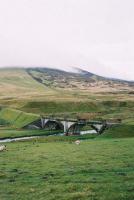
Clive Barlow 26/05/2006
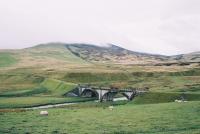
Clive Barlow 26/05/2006

John Furnevel 04/08/2006
This viaduct (also known as Risping Cleugh Viaduct) was built in 1891 by Sir Robert McAlpine & Co. It was an eight arch single track viaduct on a curve. The bridge was clad with terracotta bricks to improve its appearance.
...
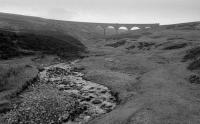
...
Bill Roberton //1989
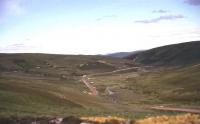
John Robin 18/03/1967
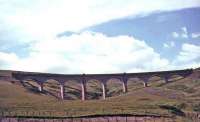
John Robin 18/03/1967
This was a single track timber shed to the north east of Leadhills station. The shed was approached from the south.
...
This is a station on a preserved narrow gauge railway. There is a platform, loop and sidings. It is the present northern terminus of the line.
...

Alastair McLellan 11/07/2019
This is a short timber platform, the current terminus of the line from Leadhills to the north.
...
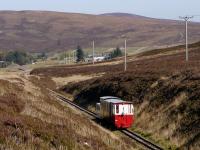
...
Bill Roberton 21/09/2019
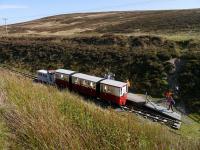
...
Bill Roberton 21/09/2019
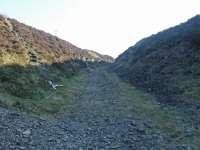
Ewan Crawford 07/05/2003

John McIntyre 11/07/1993
This was a terminus with a loop and sidings and a goods shed. There was no platform, (nor was there a platform at Leadhills) but there was a slightly raised area of flattened ground alongside the loop. Access to the carriages was by means of steps on the carriages. The station building was a lean-to built onto the side of the goods shed, just to the south of the loop.
...

Knott End Collection //
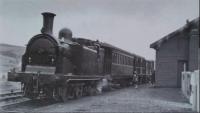
Knott End Collection //
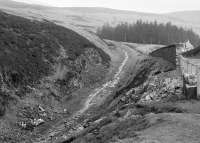
Bill Roberton //1989










